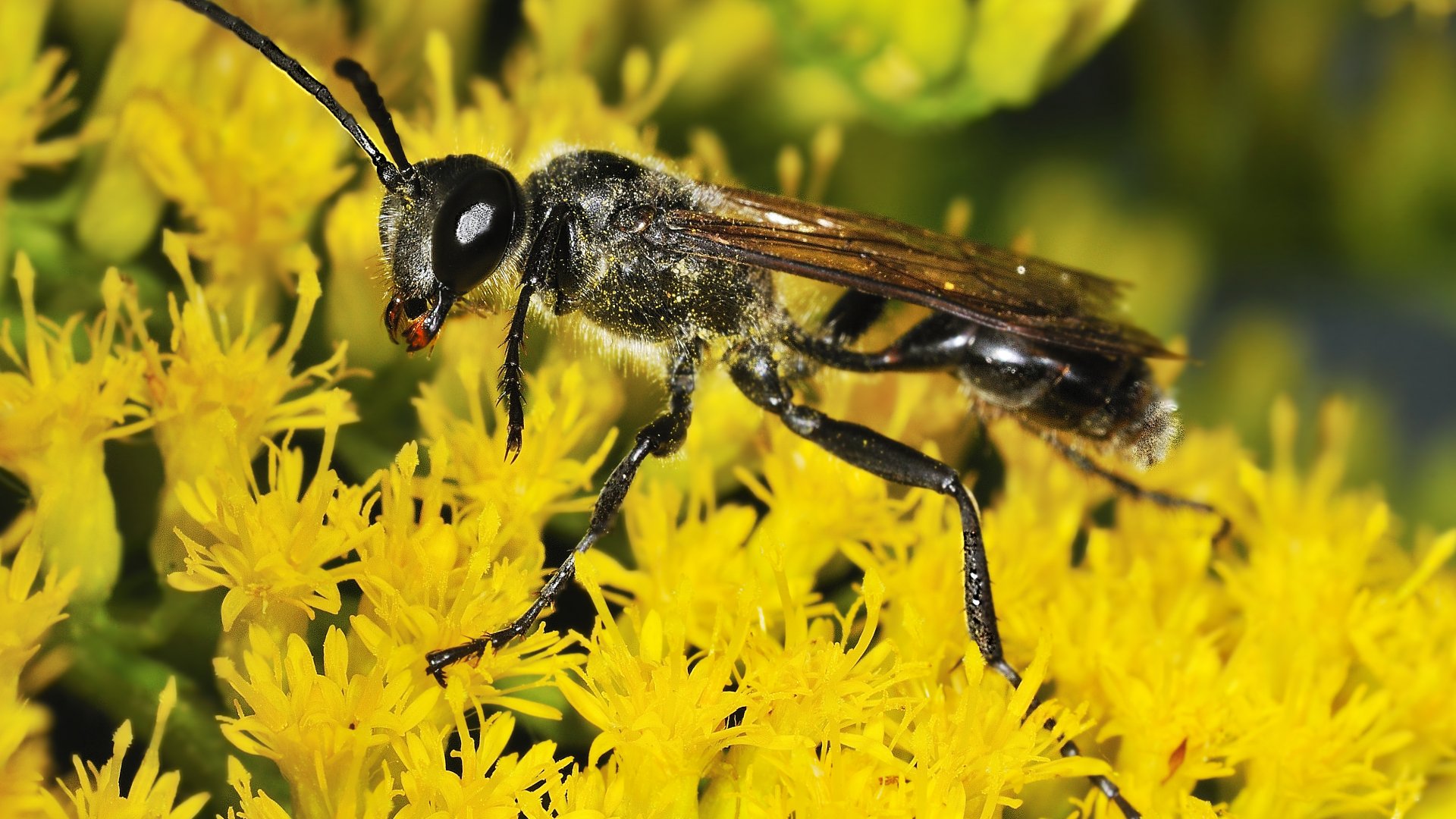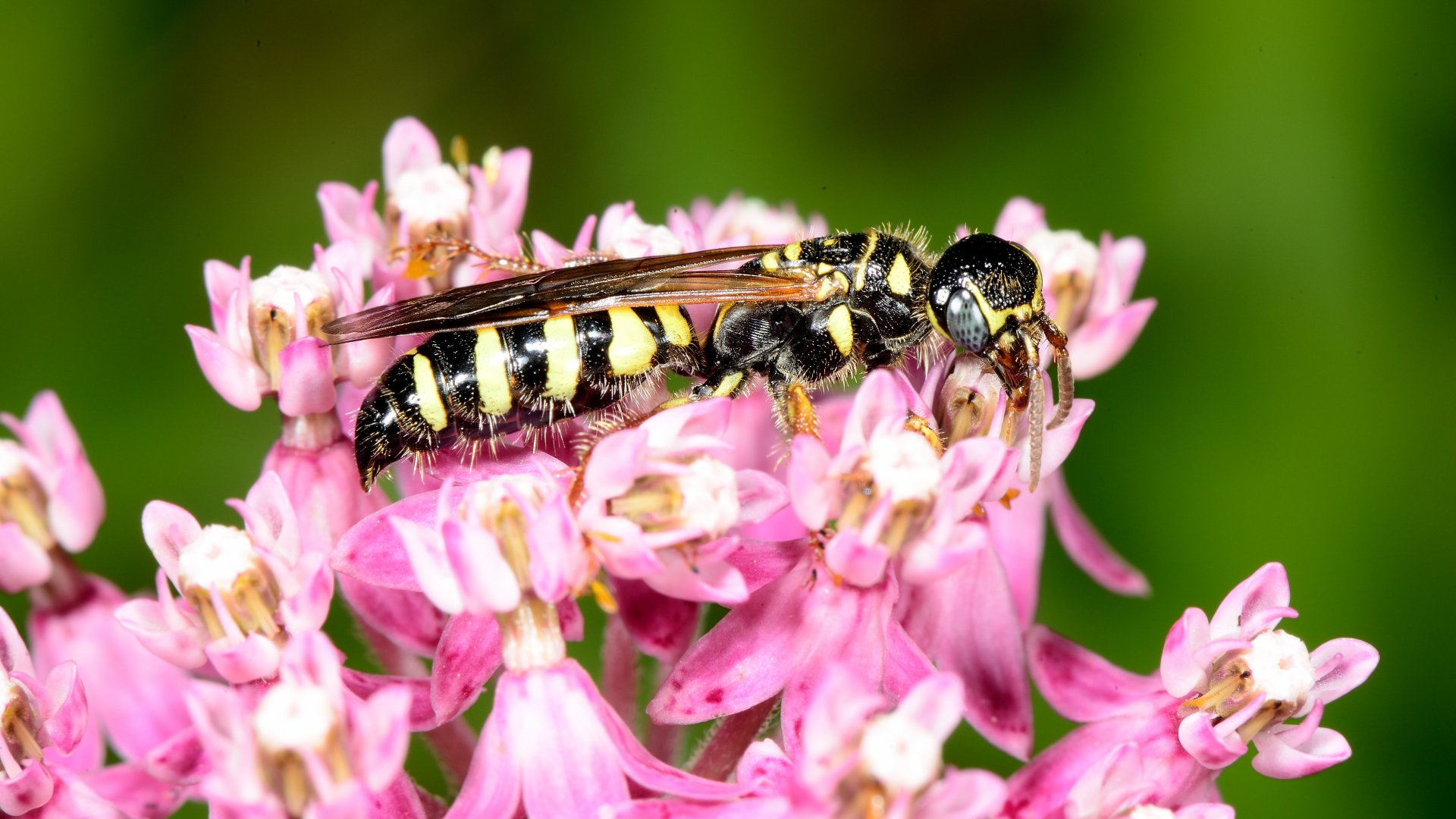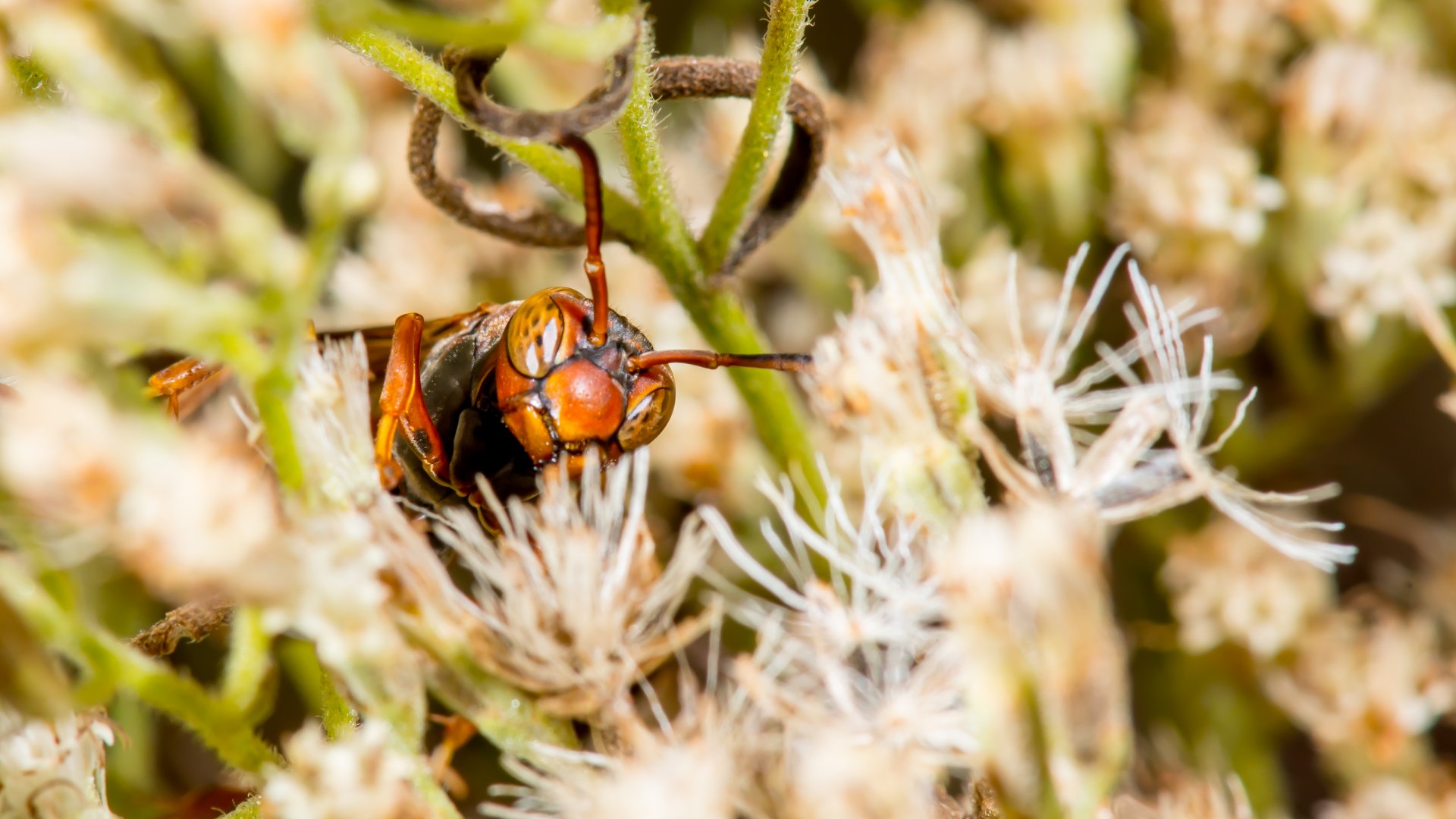Insights
Why, and How, To Make Room For Wasps
At a Glance
Working in nature has its risks, but there’s one in particular Blaine Rothauser, senior ecologist at GZA, doesn’t like: Wasps. He explains: “I’m not afraid of rattlesnakes because I’m aware of where they would be, but the wasps, you don’t know. When I’m doing wetland work and field work, they’re just there. I don’t like getting stung!” he chuckles.
Wasps don’t have a great reputation among humans, but they can be handy; they take out flies, grasshoppers, and other pests, and have a crucial role in the ecosystem as scavengers and pollinators. So it’s important we make a place for them, and the first step is think of them as part of your world, not a pest to be wiped out wherever you find them.
“It’s about getting people to understand the ultimate goal is to rewire your surroundings ecologically.” Rothauser explains. “Things that you might not normally view as productive elements in your landscape like wasps and cicada killers are really powerful tools to create a sustainable surrounding. You don’t nurture what you don’t understand.”
The problem is they make lousy neighbors. While wasps can easily spend an entire season in your attic or another place you rarely visit in your house without attracting attention, if they start building a nest somewhere humans often are, things go downhill quickly. Rothauser mentions a recent time where a wasp’s nest had to be removed from a public space he’d helped design. “I was emotional about killing these wasps. ‘Oh man, I’m so sorry, I invited you here and now I’m taking you out.’ We put this element in the landscape, and of course they couldn’t put it in five other spots on this gazebo and it wouldn’t be a problem.”
The trick to living with wasps is to give them places to live apart from you. As Rothauser points out, “It’s about eliminating space you don’t normally use or care about. If that ground nest was covered by meadow grass, you wouldn’t care! But because it’s exposed in an open area, you want to eliminate it instead of nurture.” If ground-nesting wasps make their home in a meadow that happens to be on your property, instead of your lawn, then you may not even know they were there, and you can encourage them to move in. “You can create that type of habitat away from you."
Give back natural space you don't plan to use, preferably well away from the spaces you frequent. This provides food, in the form of naturally flowering plants, and shelter. Yellowjackets, for example, are ground-nesters that hide in piles of wood, hollow logs, leaf litter, and other shady, moist, protected places. Paper wasps chew up aging wood and build their nests out of it. Make sure they have homes in the wild part of your property, and they’re more likely to leave you alone.
Conversely, keep food sources like flowering plants away from places humans spend a lot of time near, such as stairs and porches, and clean up or treat any possible sources of food and shelter.
And when going into the woods, remember that all the wasps are doing is defending their home. In the autumn, they won’t even be doing that; only the queen survives the cold seasons, so the nest falls apart as the worker wasps fly off to die. Don’t worry, though, like it or not, once it warms up, they’ll be back.


